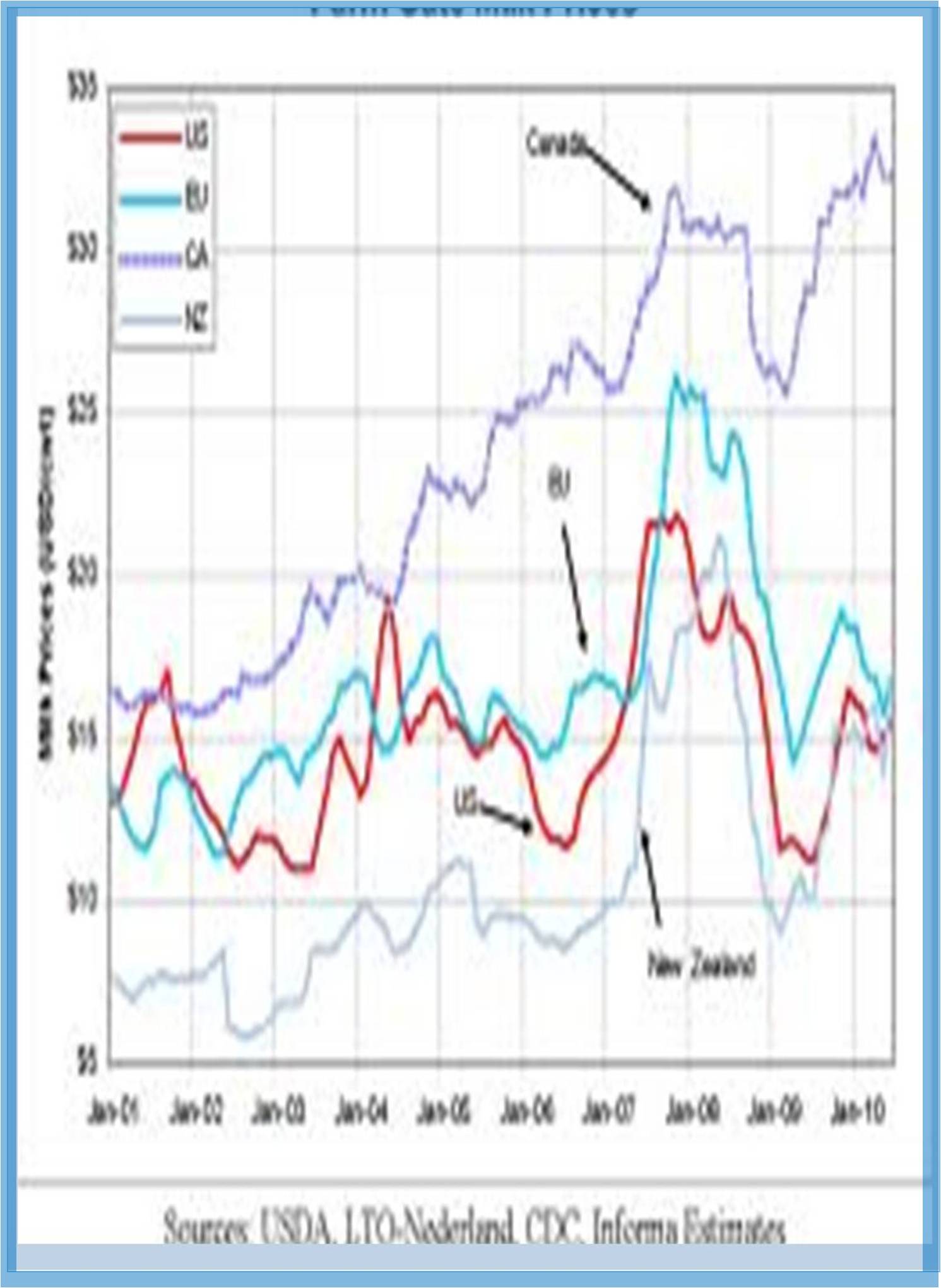



Received: 23-Jul-2022, Manuscript No. GJAEE-22-71977; Editor assigned: 26-Jul-2022, Pre QC No. GJAEE-22-71977 (PQ); Reviewed: 12-Aug-2022, QC No. GJAEE-22-71977; Revised: 22-Aug-2022, Manuscript No. GJAEE-22-71977 (R); Published: 29-Aug-2022, DOI: 10.15651/GJAEE.22.10.002
The phrase "land use" is used to explain how people use the land. It symbolizes the economic and cultural activities that are carried out in a specific location, including those that are agricultural, residential, industrial, mining, and recreational in nature. Land uses on public and private properties frequently diverge greatly. For instance, whereas privately held lands are infrequently protected for wilderness usage, urban development rarely takes place on publicly owned lands (such as parks and wilderness regions). In contrast to land cover, some uses of land are not necessarily visibly visible (e.g., land used for producing timber but not harvested for many years and forested land designated as wilderness will both appear as forest-covered, but they have different uses).
Land use is the control and transformation of the wild or untamed into constructed environments like towns and semi-natural habitats like arable fields, pastures, and managed forests. The first evidence of human land use dates back more than ten thousand years. It is described as including all arrangements, activities, and inputs that people make in a particular land type as well as the goals and activities through which people engage with the land and terrestrial ecosystems. One of the main forces influencing environmental change on a worldwide scale is land use.
Types of Land Uses
Land is utilized for a variety of things, including farming, forestry, and mining, construction of homes, roads, and industrial establishments. Land use is a popular word for this.
• Land used for non-agricultural purposes and forests
• Deserts and barren lands
• Permanent pastures and grazing lands
• Miscellaneous tree crops and groves
• Current fallow and culturable waste-land
Land Use Management
Controlling the allocation of land for particular uses is a function of land use management. This guarantees that there will be resources for future generations. It lessens the environmental impact of economic activity and development. Organized utilization enables the optimum use of the resources at hand. The numerous areas within an area are indicated on the usage plan and map. Additionally, it displays each area's zoning. With the help of this plan, the region will be developed in accordance with the existing zones. A re-zoning application is made when a developer want to use a space for a different use than that for which it is zoned. The map and land use plan would alter if authorized. It makes sure that growth encourages the efficient use of resources. While minimizing the impact on the available resources, this should improve the social and economic well-being of the general people. Aspects including population size and density, technology, economic activity, and development capital availability all play a part. Environmental aspects include things like the amount of water available, the air quality, the geography, the ecosystems, and more. In addition, factors including topography, soil type, and minerals are taken into account.
The most prevalent socioeconomic factor influencing environmental changes and deterioration, in my opinion, is land use change. The terrain of the planet has been significantly changed by human activity, including agriculture, urbanization, and deforestation. Important ecosystem processes and services are impacted by such land disturbance, which can have far-reaching and protracted effects. For many wildlife species, farmland offers valuable habitat and open space. However, extensive agriculture could have negative ecosystem effects. For instance, it is well known that government policies have an impact on how agricultural land use and practices might affect water quality. In both inland and coastal seas, runoff from agricultural lands is a major source of water pollution. Many wildlife species have been introduced to the area thanks to the conversion of wetlands to crop development and irrigation water diversions.